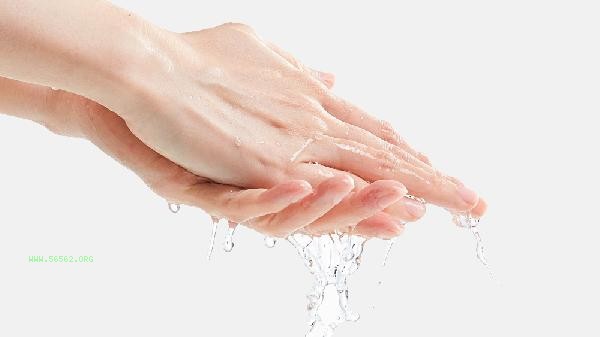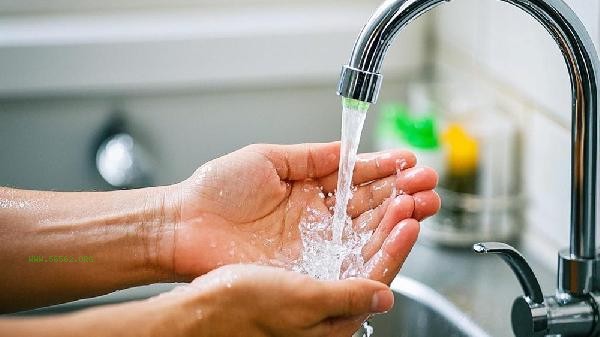The problem of food residue clogging the sink can be solved through physical dredging, chemical dissolution, tool assistance, preventive maintenance, professional treatment, and other methods. Blockage is usually caused by factors such as oil condensation, fiber accumulation, solid residue retention, pipeline deformation, and insufficient long-term cleaning.

1. Physical dredging
Manual removal of visible residue is the most direct method. After wearing rubber gloves, remove the drain filter and use chopsticks or tweezers to remove the surface blockage. If the blockage is deep, the elbow of the drainage pipe can be disassembled and knocked upside down to discharge the accumulated residue. When handling, avoid using excessive force to loosen the pipeline interface. After completion, rinse the inner wall of the pipeline with hot water to help dissolve the grease.
2. Chemical dissolution
Baking soda mixed with white vinegar can decompose organic residues. First, pour in half a cup of baking soda powder, then slowly add an equal amount of white vinegar to create bubbles. Let it stand for 15 minutes and rinse with boiling water. For stubborn oil blockage, a pipeline unclogger containing sodium hydroxide can be used, and ventilation should be maintained and skin contact should be avoided during use. It is recommended to rinse the pipeline repeatedly with a large amount of clean water after chemical treatment.
3. Tool assisted
plunger type unclogger uses pneumatic shock to unclog mild blockages. When using, it is necessary to fill the rubber suction cup with water to form a seal. The spring dredging steel wire can rotate deep into the pipeline to pick up the entangled fiber residue. When operating, pay attention to pushing it at a constant speed to avoid scratching the pipe wall. The electric pipeline dredging machine is suitable for handling deep hard blockages, but requires professional personnel to operate to prevent damage to the pipeline structure.

4. Preventive maintenance
Install a fine mesh filter to intercept food residue and clean the accumulated material on the filter daily. Rinse the pipeline with hot water mixed with detergent every week to dissolve any attached grease. Avoid pouring coffee grounds, rice, and other easily swollen foods into the sink. Animal fats should be cooled and solidified before being disposed of in the trash can. Regularly check if the drainage pipe interface is loose, causing poor drainage.
5. Professional handling
When home methods are ineffective, contact pipeline dredging services. The high-pressure water jet equipment can thoroughly remove the scale on the pipe wall, and the pipeline endoscope can locate the location of deep blockages. Severe deformation or aging of pipelines may require partial replacement, and professionals will use a combination of mechanical dredging or chemical cleaning according to the actual situation.

In daily use, attention should be paid to garbage classification and disposal, and kitchen waste, especially oily residue, should be collected separately. Scrape away any food residue from utensils before washing dishes. Oil is more likely to condense in hot weather, so it is necessary to increase the frequency of pipeline cleaning. If there are repeated blockages, it is recommended to check the design of the house's drainage system for structural issues such as insufficient slope or thin pipes. If necessary, a systematic renovation should be carried out to ensure smooth drainage.








Comments (0)
Leave a Comment
No comments yet
Be the first to share your thoughts!